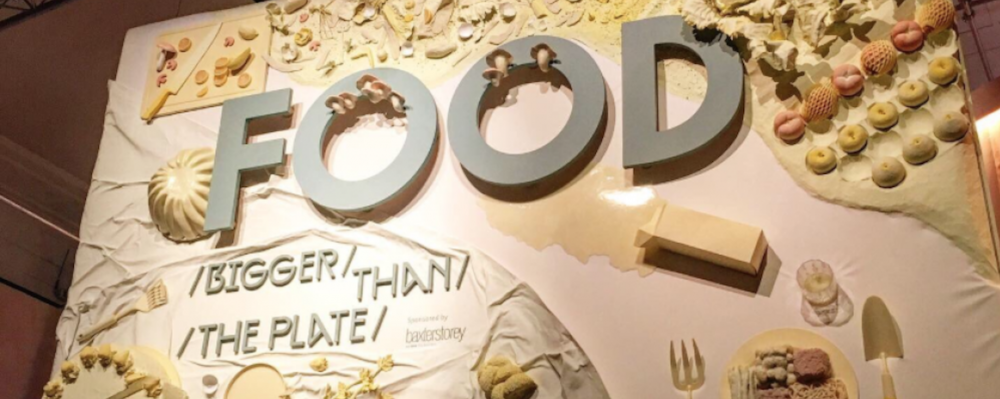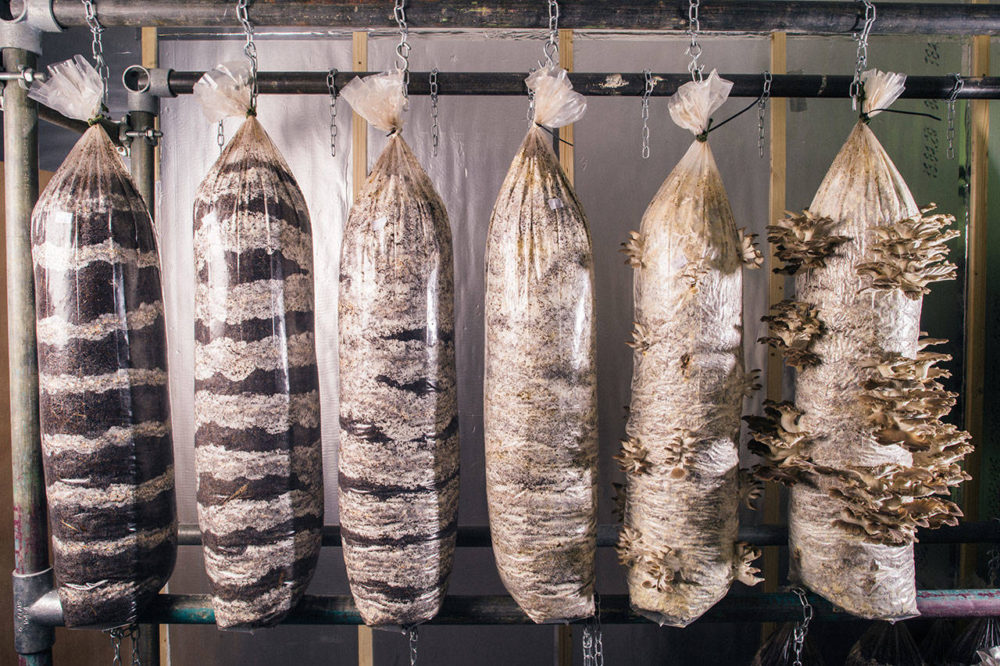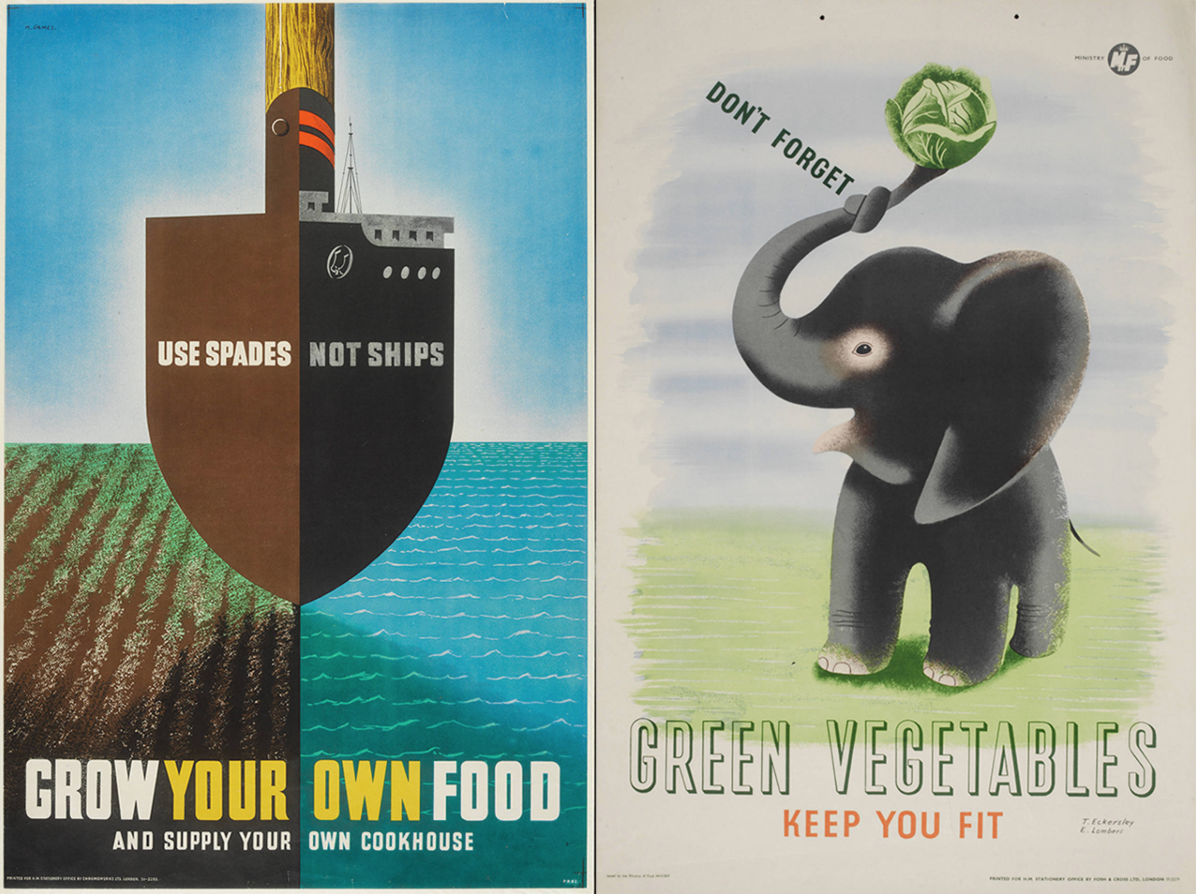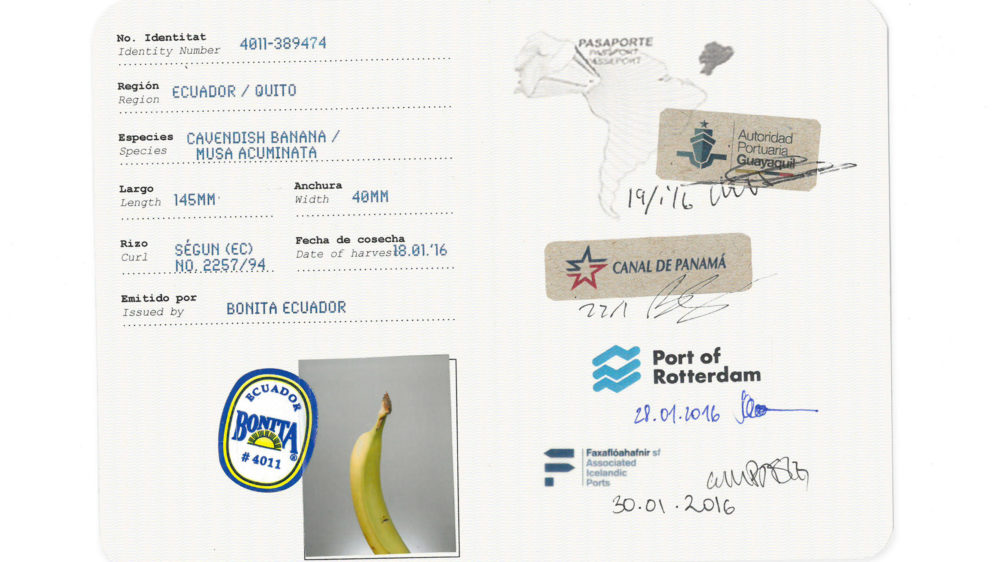Eating: an action with multiple implications
ho
The V&A Museum has just opened an exhibition that reviews the entire food cycle through a selection of creative, critical and sustainable projects.

Eating is a human need with many implications beyond the plate. Where does what we eat come from? At which cost? Is it fair? How has it been treated? Where does the waste go? And the packaging? Would it be possible to continue eating this in the future? All these questions pose a series of design problems that the FAD already raised in 2016, with the organization of the first General Rehearsal, a series of events aimed at discussing with the citizenship a topic of social interest through the prism of design that in its first edition we dedicated to the theme of food sustainability.
Under the name «General Rehearsal. Food, Sustainable Emergency and Design» our proposal tested the food sustainability of the city of Barcelona to assess its capabilities. The format chosen to do so was the organization of a great meal for 900 people whose menu was prepared with fully edible foods that were to be discarded from Mercabarna and the shops in the neighborhoods around the Plaza de las Glòries in Barcelona. The project was carried out in alliance with the «Platform Against Food Waste» and the involvement of the people and entities in the immediate neighbourhoods and of all those who have been working for many years in other ways of producing and consuming.
Also addressing sustainability issues from the point of view of the use of materials, this year, Materfad, our Materials Center, opened the exhibition «Neo-Matter», which reviewed the latest developments in material’s research in the field of crafts and made special emphasis on the possibilities of natural, animal and human-based materials and especially those made out of waste.
Following the trail of this programming line, so relevant in the current context of planetary emergency, the Victoria and Albert Museum in London has just opened the exhibition “Food: Bigger Than The Plate”, a show that reviews the entire food cycle through a selection of projects that question the way in which we interact with food, from its production to its distribution, consumption and disposal. Mixing different points of view and approaches to the problem – artistic projects, ecological and social activism, product and service design, infrastructure design… – the exhibition does not try to be a review of the latest innovations in the field of food, but a varied, dynamic, surprising and above all incisive journey in terms of generating awareness.

The result is effective. The show feeds consciences more than palates and leaves the visitor wanting to do more and better to change a system that has as many advantages as deficiencies. Going back to the first sewerage system built in London in 1860, considered a triumph of the industrial era and designed by the engineer Joseph Bazalgette, the exhibition introduces us to the food cycle through a phase, composting, which today seems to us the end of the chain but that really constitutes the beginning of a closed cycle and a critical phase of the natural food chain. This break in the food cycle derived from seeing composting as the end of a process constitutes precisely one of the most important problems that we must face to stop the deterioration of the planet. Composting reminds us that as consumers, we are also producers of waste, and as such, we must be more responsible for them, especially since many of these waste is reusable. Taking out the garbage and flushing down the toilet is getting rid of a vital energy source.
Projects such as «Loowatt», a portable toilet that does not use water to remove waste but biodegradable bags that will later become energy and fertilizer, or «Merdacotta», a ceramic toilet made of mixed cow dung and clay, stand out. In this line of materials made from human waste, there is also a project called «This is Urine», a series of ceramic objects made with urine. There are also materials made from food skin, such as the «Parblex», an interesting translucent bioplastic made from leftover potato peels from McCain’s potato chip production, the «Totomoxtle », a material made from corn leaves available at Materfad’s library or wine bottle stickers made from skin from grapes and vineyard branches. Certain food remains are also being used to produce other foods, as it is shown by “GroCycle”, a live project that cultivates mushrooms based on remnants of coffee beans from the museum’s cafeteria.

The second phase explored by the exhibition is dedicated to food production. It is presented as a sector necessary for our survival but with a decreasing percentage of the population dedicated to it. This problem, together with the grievances that food production entails on an industrial scale for health and for the planet, presents new challenges, such as sustainable industrial production or urban and domestic food production. In this section, Abram Games’ 1942 posters calling for self-supply: “Use spades not ships. Grow your own food” and books like «Silent Spring» by the biologist Rachel Carson, help contextualize the problem. In her book, first published in 1962, Carson warned how the use of chemical pesticides affects nature, pollutes the soil and has become part of the food chain. Moreover, awareness projects such as «Peasant CV» underline the importance of research, development and the transmission of knowledge in the field of agriculture. Community projects such as «HK Farms», a community that seeks to implant urban gardens on the roofs of Hong Kong through clubs, activities and the production of zines that share resources, also show grassroots movements are taking shape all over the world.

Trade is the third section of the show, and touches on issues such as the impact of advertising on our purchasing decisions, and also on the problems arising from the export of food on a global scale. From this section, I would like to highlight «Provenance.org», a digital platform that allows brands to take steps towards greater transparency helping them to easily collect and present information and stories about the origin of their products and their supply chains. «Provenance.org» seeks to raise awareness of what «The Banana Passport» denounces, a research project by Johanna Seelemann that investigated the journey of a banana from Ecuador to a supermarket in Iceland going through 33 hands and travelling across several countries. In addition to awareness projects, there are also projects that seek to optimize the resources involved in large distribution systems, such as «GrowFrame», a project of design engineering student Phillipe Hohlfeld, which allows empty shipping containers to host hydroponic farms with fast crops on their return trips.

The exhibition ends, as a culmination, with the last phase of the process, the act of eating, celebrating traditional recipe books but also culinary innovation projects such as «elBulli» or speculative design projects that wonder if we will be producing cheeses from our own bacteria in the future. This section highlights a futuristic-looking Food Lab from the Center for Genomic Gastronomy that asks us which are the basic requirements of the food of the future and according to our answers, prepares us a bite. Here, the importance of the project does not rely on the miniature bite made with local products by the chef, but in the statistics of our choice, which are displayed on an interactive screen while we wait for our order.
A large table set with a multitude of tools and designs from around the world concludes the exhibition, but we are not invited to sit on this table, but to think about what it means to sit on it, what comes before and after any meal and the privilege that means access to food.
Enjoy your food… for thought!
Author: Sol Polo